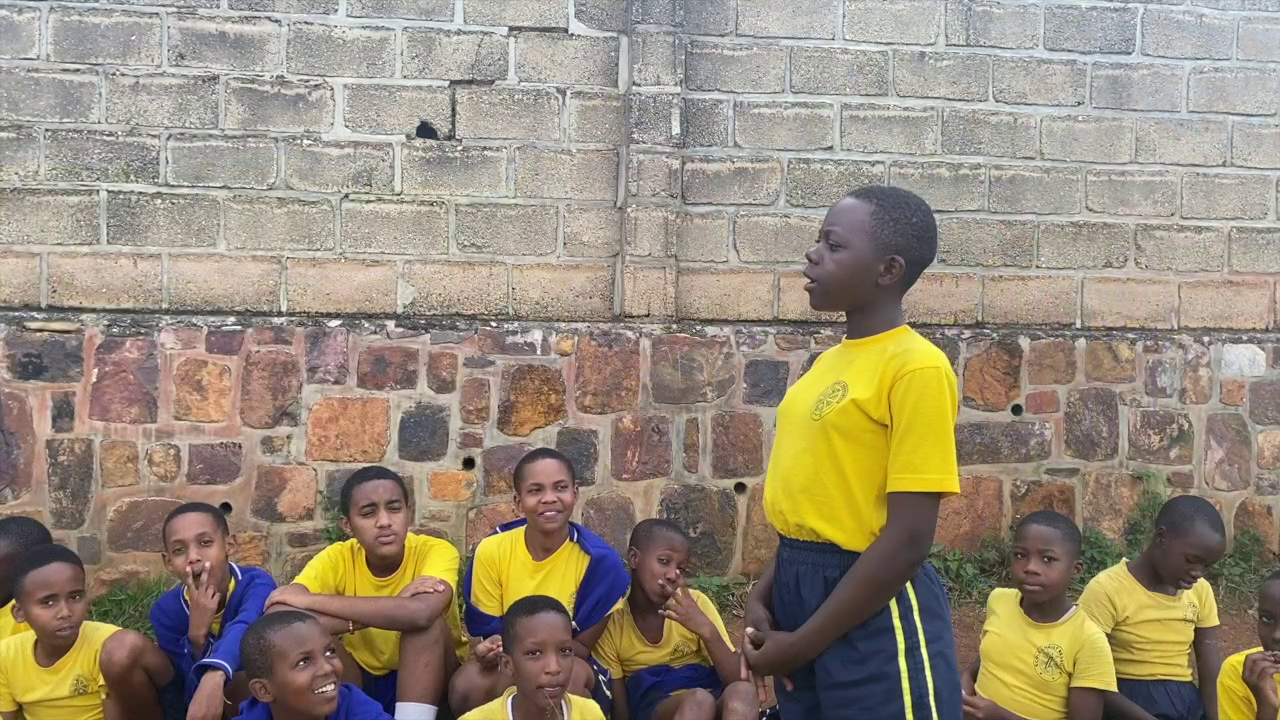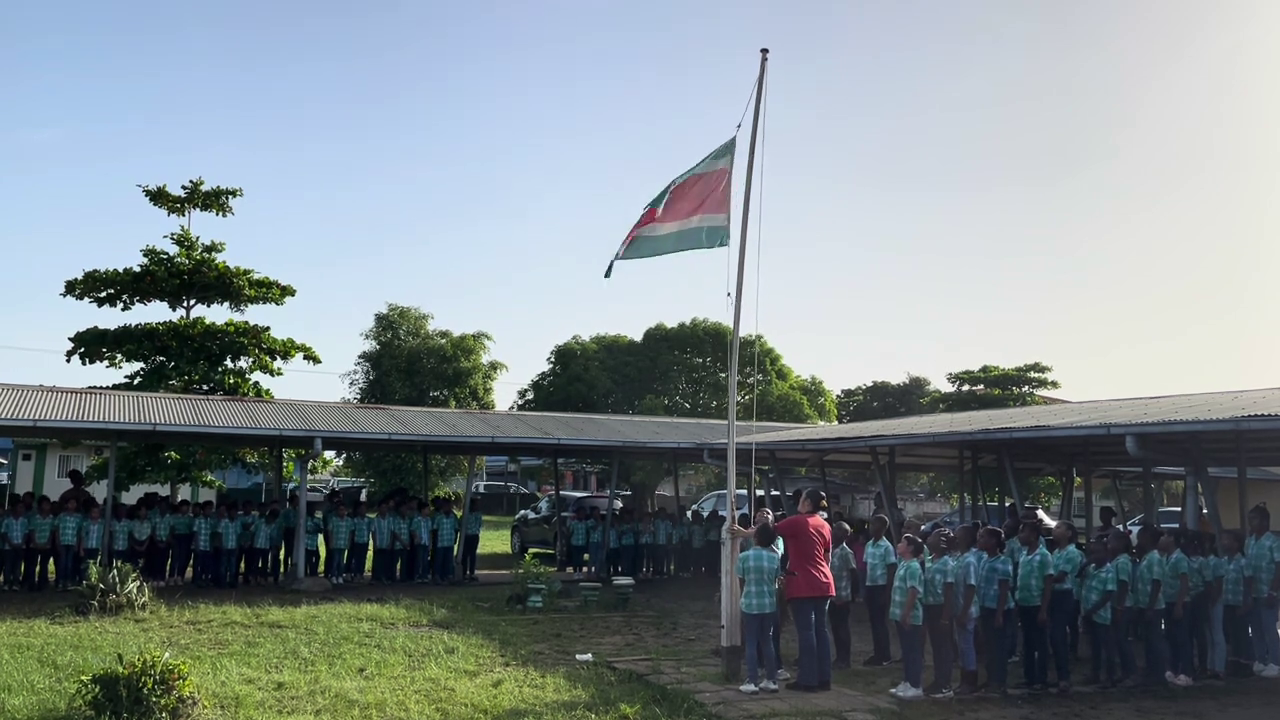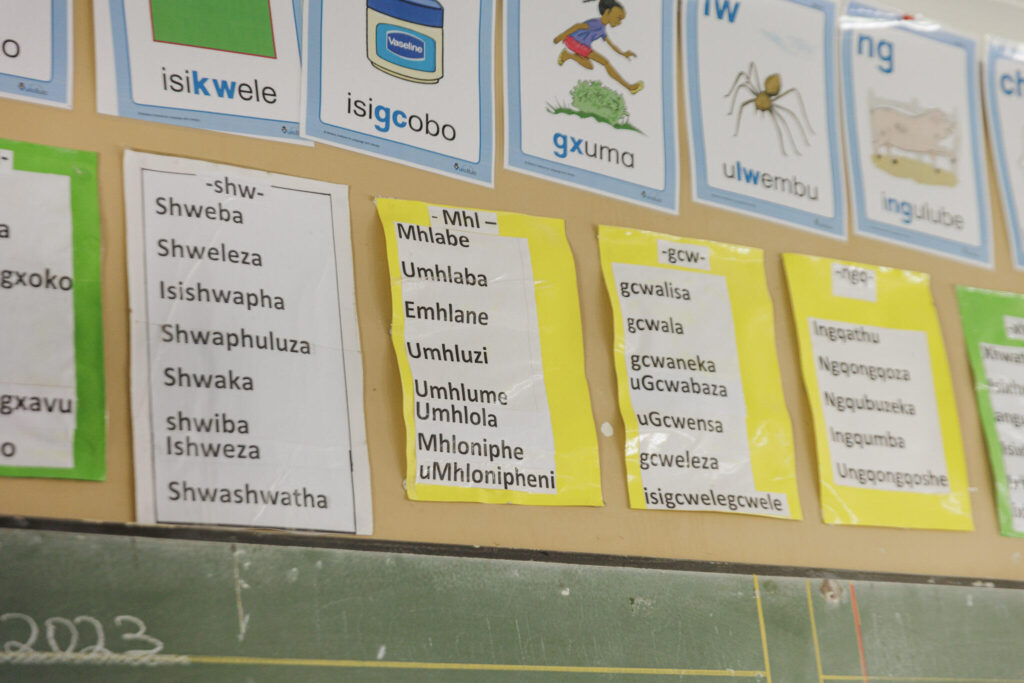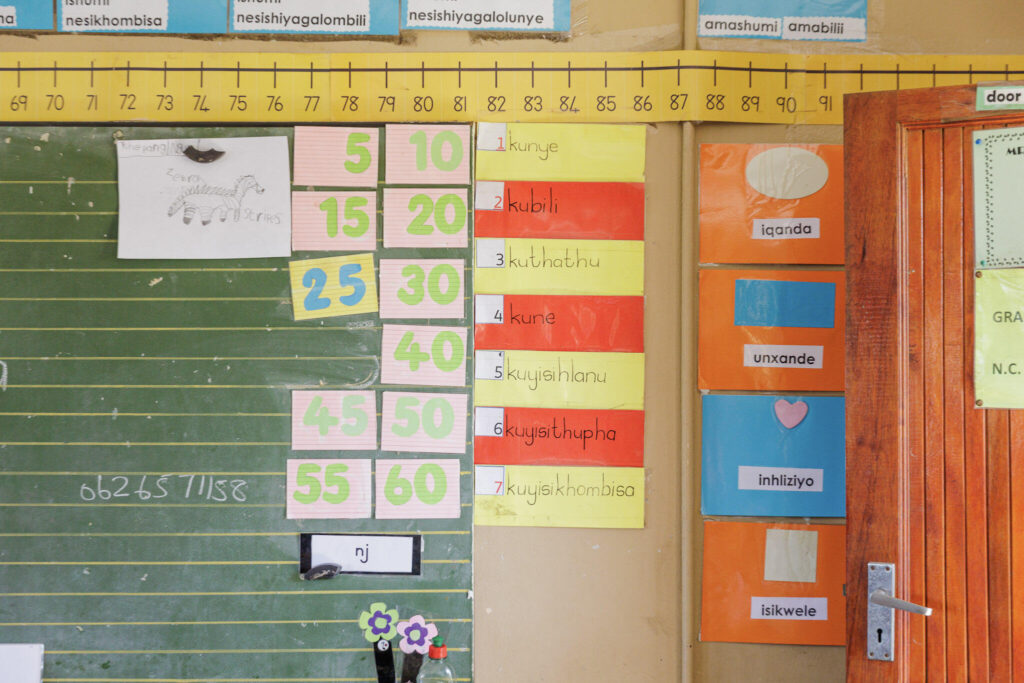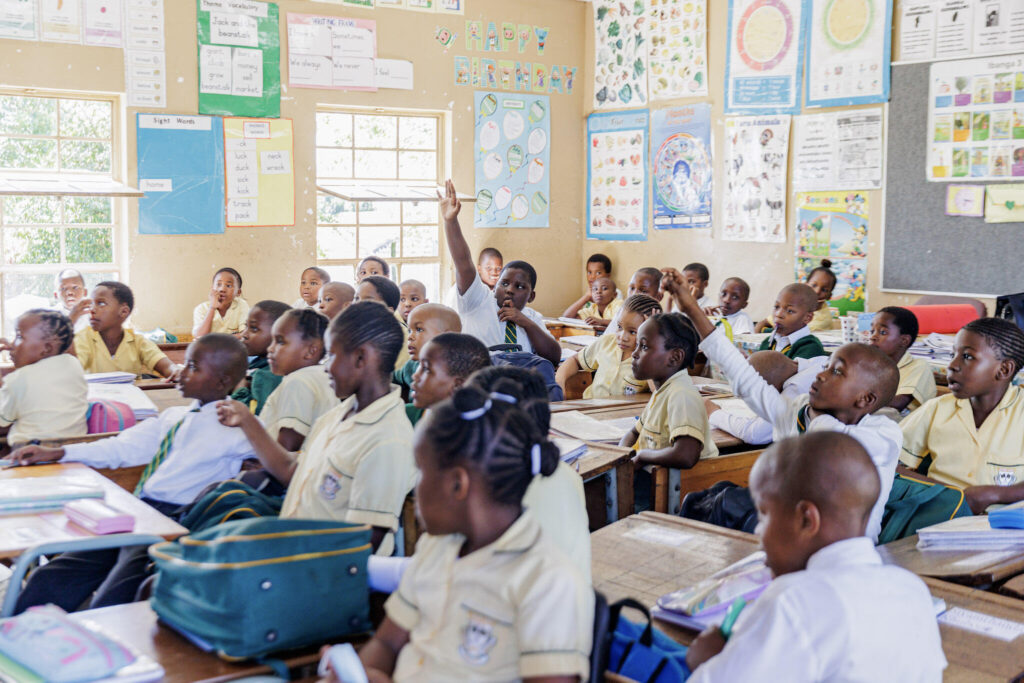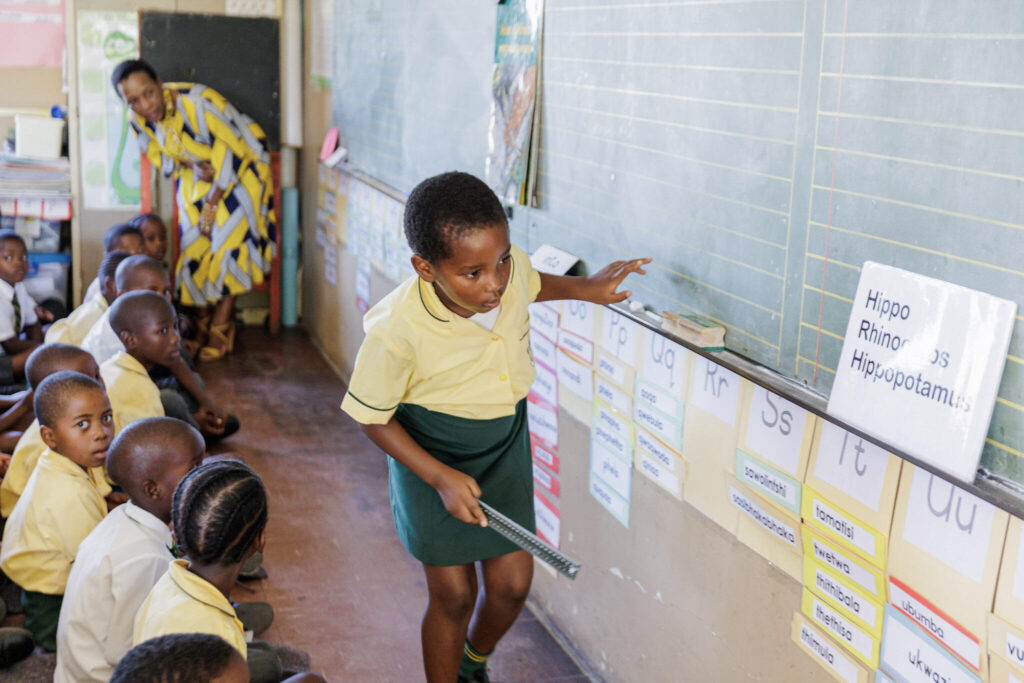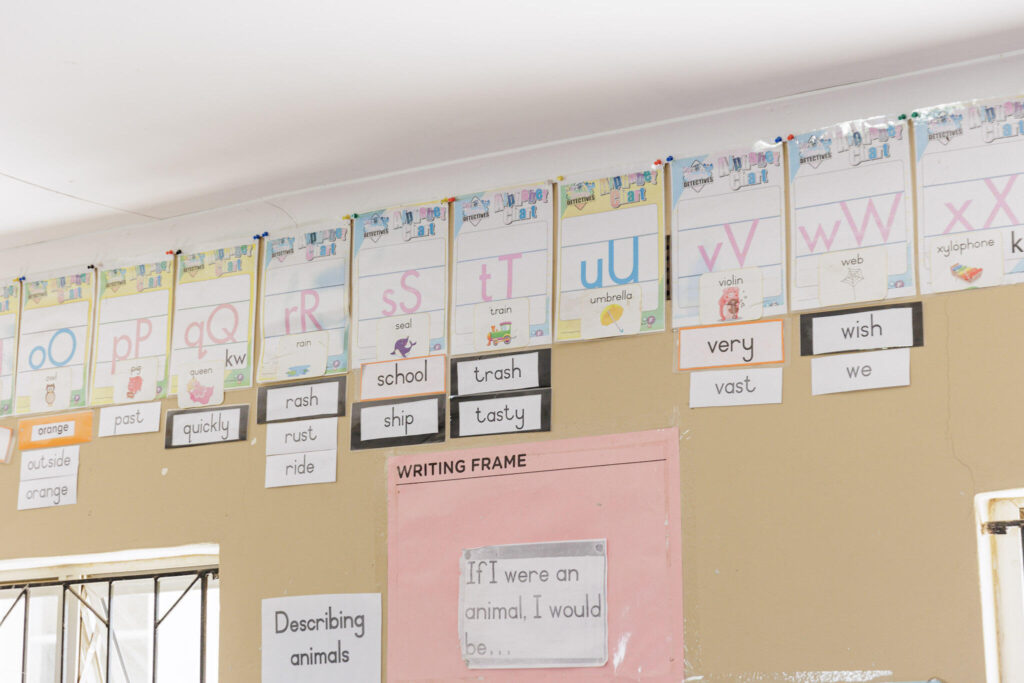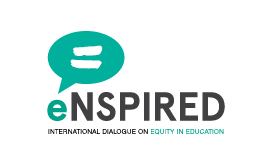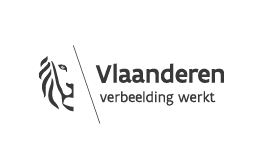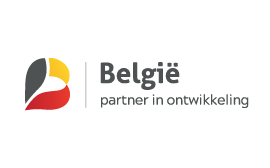eduSHARE from Rwanda | School debates to improve language proficiency
Rüth Tack and Grieke Terryn, final-year students at VIVES University of Applied Sciences, completed an internship at a primary school in Masaka, Rwanda. This school teaches pupils from the first year in four languages: Kinyarwanda, Swahili, English, and French. However, the teachers noticed that the pupils struggled to speak these languages fluently. Therefore, the headteacher introduced the subject of ‘debate’.
Debating to learn
Every Friday, the school holds debates in two large groups. One week they debate in French, the next in English, to promote speaking in these two global languages. This subject helps learners express their opinions, and they are sometimes allowed to choose the debate topic themselves. This way, the learners become familiar with various social issues that they discuss with each other.
Inspiration for Flemish Education
Rüth and Grieke found this initiative inspiring and see the potential for applying it in Flanders. The language proficiency of Flemish learners is declining, and this debate subject could offer a solution for both language skills and personal development.
The curriculum of Catholic Education Flanders emphasises not only language development but also cultural and social growth in the subjects of English and French. The aim is to make learners more communicatively competent and to teach them to critically understand and process information. However, in practice, verbal communication is often limited to class discussions. While some years in secondary education include oral exams, the assessment of language skills usually remains within the classroom.
A school could choose to add the subject of debate to encourage learning a new language outside the classroom. One hour each week different classes can come together to debate current topics. The learners are divided into two groups: proponents and opponents. One week they debate in English, the next in French. The learners do not need to prepare anything; everything happens on the spot. This activity takes learners out of their comfort zone and familiarises them with the global languages of French and English, while they learn to substantiate their viewpoints effectively. The assessment of language skills thus extends beyond the classroom.
Video
To introduce this subject to Flemish schools, Rüth and Grieke created a video in which one of the teachers provides additional explanations, combined with footage from practice.
